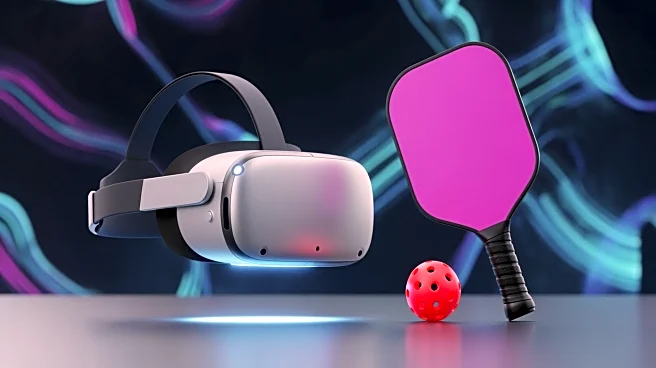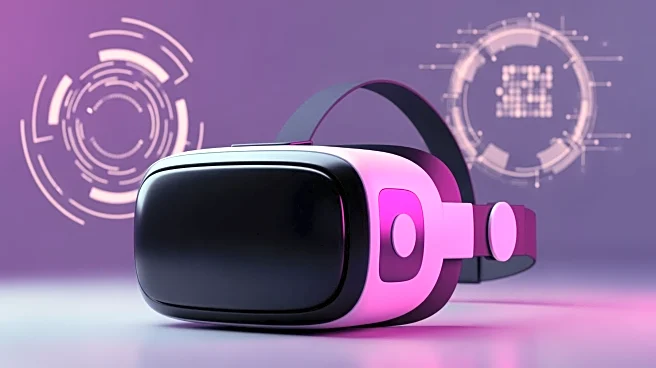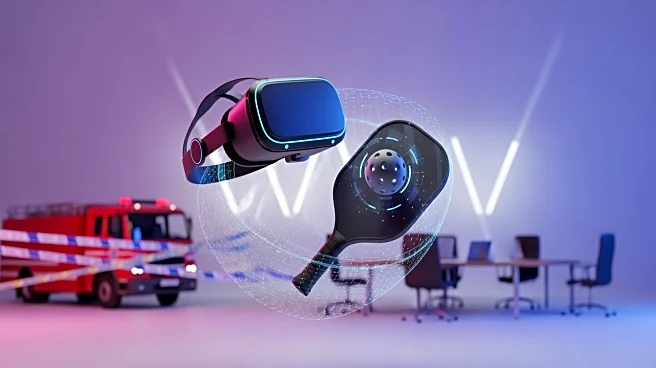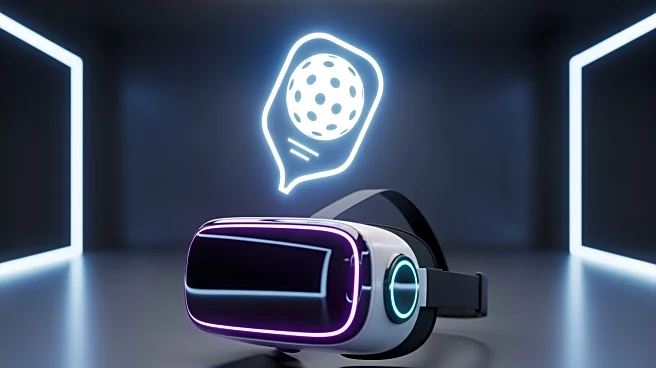What's Happening?
Researchers from the University of Cambridge and Meta have conducted a study that challenges the widely accepted notion that the human eye can only discern up to 60 pixels per degree (PPD) in visual resolution.
The study, involving a series of experiments with participants viewing stimuli on a 4K monitor, found that individuals could perceive details at much higher resolutions, with some participants discerning up to 120 PPD. This finding suggests that the threshold for 'retinal' resolution, previously thought to be around 60 PPD, is significantly higher. The study involved varying the resolution by adjusting the distance and spatial frequency of visual patterns, revealing that the human visual system can detect finer details than previously assumed.
Why It's Important?
This discovery has significant implications for the virtual reality (VR) and augmented reality (AR) industries, which have been striving to achieve 'retinal' resolution in their devices. The findings suggest that there is still considerable room for improvement in VR and AR headset technology, potentially leading to more realistic and immersive experiences. As the industry continues to evolve, understanding the true limits of human visual perception can guide the development of next-generation headsets, offering users enhanced visual fidelity. This could impact consumer expectations and drive innovation in display technology, influencing how companies prioritize features in future products.
What's Next?
The study's results may prompt VR and AR companies to reassess their design goals and push for higher resolution displays in future headsets. As the technology advances, manufacturers might focus on achieving higher PPD in their devices, balancing resolution with other factors such as field of view and device weight. The industry could see a shift towards developing headsets that offer superior visual clarity, potentially leading to new standards in VR and AR experiences. Additionally, further research may be conducted to explore the practical applications of these findings in commercial products.
Beyond the Headlines
The study highlights the potential for long-term advancements in visual technology, suggesting that the plateau seen in smartphone and tablet displays does not apply to VR and AR. This could lead to a renewed focus on research and development in these fields, as companies seek to capitalize on the untapped potential of higher resolution displays. The findings also raise questions about the future of visual media and how it might evolve to meet the capabilities of human perception, potentially influencing content creation and consumption in the digital age.











